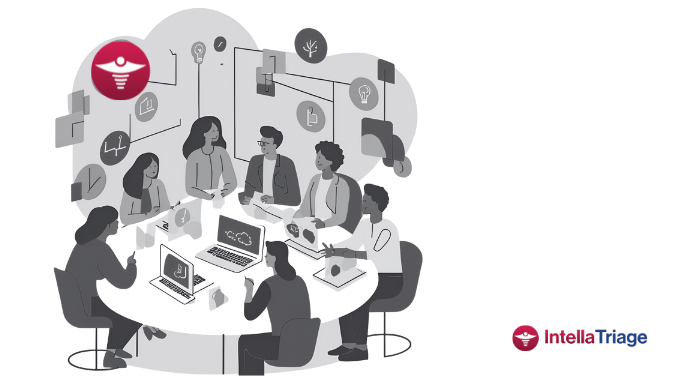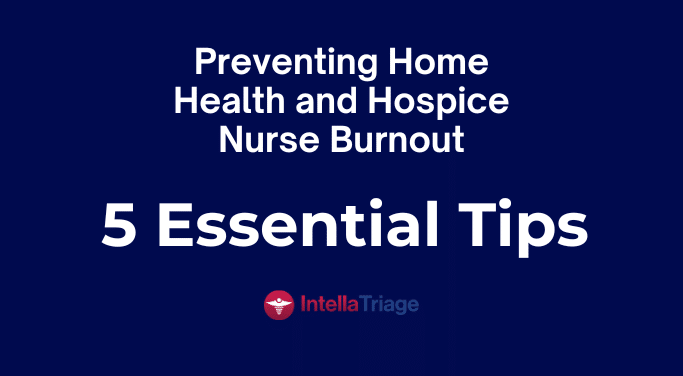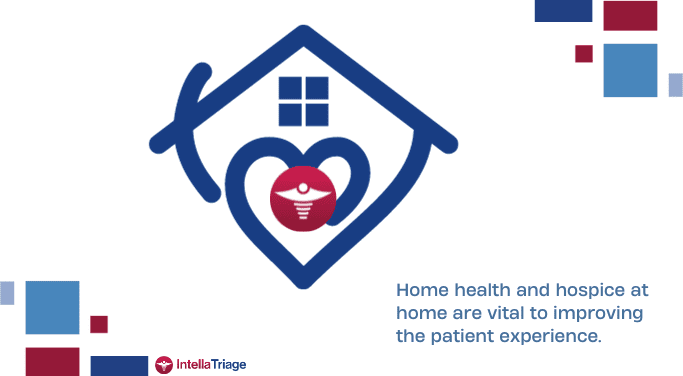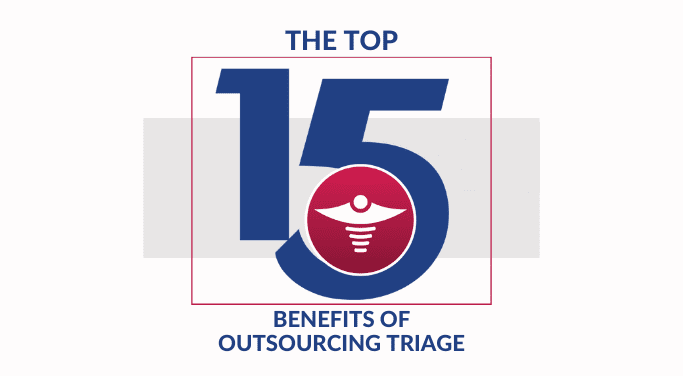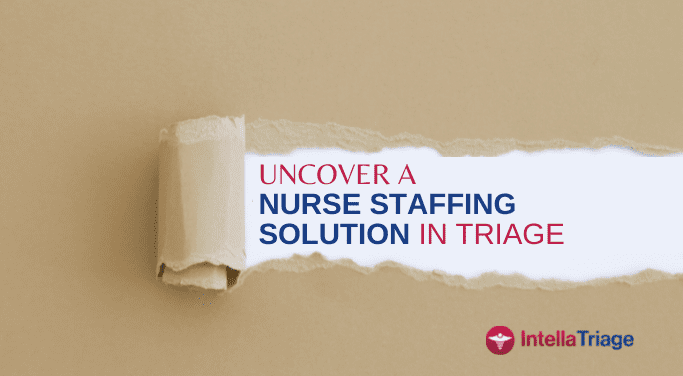Hospice and Home Health
Recent data breaches are once again highlighting the urgency of securing protected health information (PHI). In March 2025, Yale New Haven Health System disclosed that an unauthorized third party accessed the personal data of nearly 5.6 million patients. Around the same time, Kentucky’s Cumberland County Hospital suffered a breach affecting more than 36,000 individuals, including [...]
Our recent post, Thinking Outside the QAPI Checkbox, explored how utilizing QAPI as a proactive, clinician- and patient-driven process leads to more meaningful improvement. Today, we are taking that idea further, illustrating the real-world impact of what happens when we drive seamless communication, take action on data, and implement structured after-hours nurse triage programs. A [...]
Starting September 30, 2025, the Centers for Medicare & Medicaid Services (CMS) will roll out the HOPE (Hospice Outcomes and Patient Evaluation) assessment tool, a game-changer in patient satisfaction surveys and quality reporting for hospices. Replacing the current HIS, CMS designed this new tool to provide a more comprehensive picture of each hospice patient's journey, [...]
As a hospice and home health provider, your primary focus is on delivering exceptional care to your patients. However, as your agency grows and resource utilization hits a tipping point, maintaining quality care can become challenging. This is where outsourcing and standardization can play a crucial role in sustaining and enhancing your services. The Tipping [...]
In a recent milestone, IntellaTriage and CommonSpirit Health at Home (CSHaH) announced a significant integration between IntellaTriage’s IntellaHub and CSHaH's electronic medical records system, Homecare Homebase. This partnership underscores the importance of interoperability in healthcare, particularly in post-acute settings like hospice and home healthcare. Here are the top five reasons why interoperability is essential in [...]
Preventing nurse burnout can translate to improved nurse retention and improved patient outcomes. In home health and hospice care, nurses often face significant challenges that can lead to burnout. The constant juggling of patient needs, administrative tasks, and emotional stress can take a toll on even the most dedicated caregivers. However, prioritizing nurse wellness and [...]
For hospice and home health organizations, effective management of triage calls impacts entire care teams and the patients in their care. As anyone in healthcare knows, health concerns and patient inquiries aren’t restricted to a 9 to 5 workday. When staff is unavailable, filling the care gaps involves patient calls routed to a call center or a nurse triage center.
Home health and hospice care are integral components of a patient-centered healthcare system. They emphasize the patient's comfort, individual needs, emotional well-being, and overall quality of life. At IntellaTriage, we celebrate the experience that home health care provides a patient. Learn how we play a part of the home-based care solution.
Outsourcing unlocks the power of dedicated expertise, allowing businesses to tap into an extension of specialized skills and a larger pool of talent and resources to focus on what truly matters to their organization. In the home health and hospice industry, outsourcing services like triage can be a game-changer. Read on to learn more.
As the nation's leading provider of after-hours nurse triage for hospice and home health organizations, we have insights from hundreds of thousands of call metrics that can help you better understand your after-hours triage strategy. Check against these benchmarks to help you determine whether your after-hours program strategy measures up.
UNC Continuing Care Services, a prominent North Carolina home health and hospice organization, struggled with maintaining and recruiting nurses until they began to think about their after-hours triage strategy in an entirely new way.
The current environment of staffing shortage plus hospice industry growth forces organizations to think outside the box for a nurse staffing solution. External resources such as outsourced triage can help growing hospice organizations retain nurses, repurpose resources, and optimize operations.


